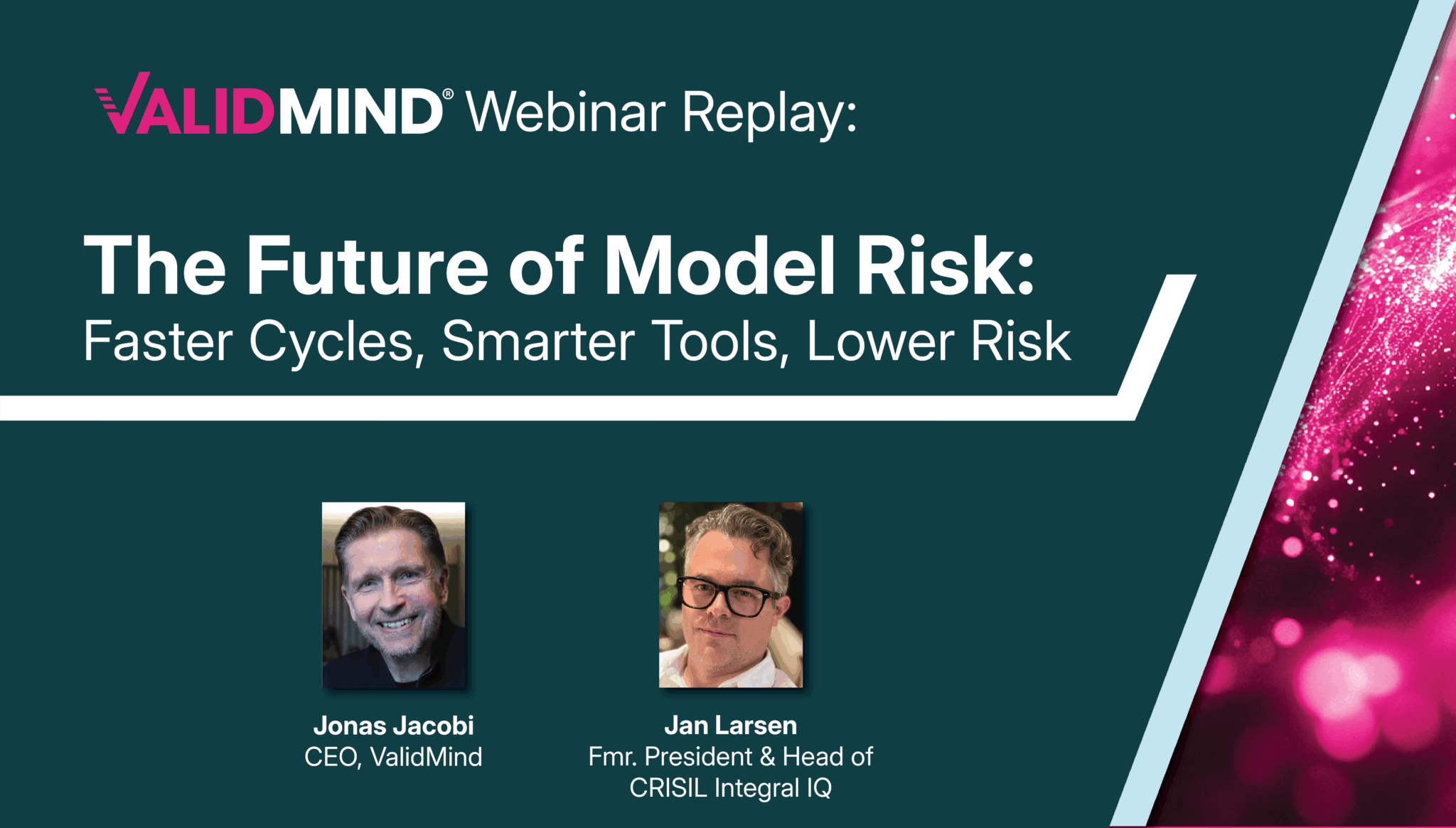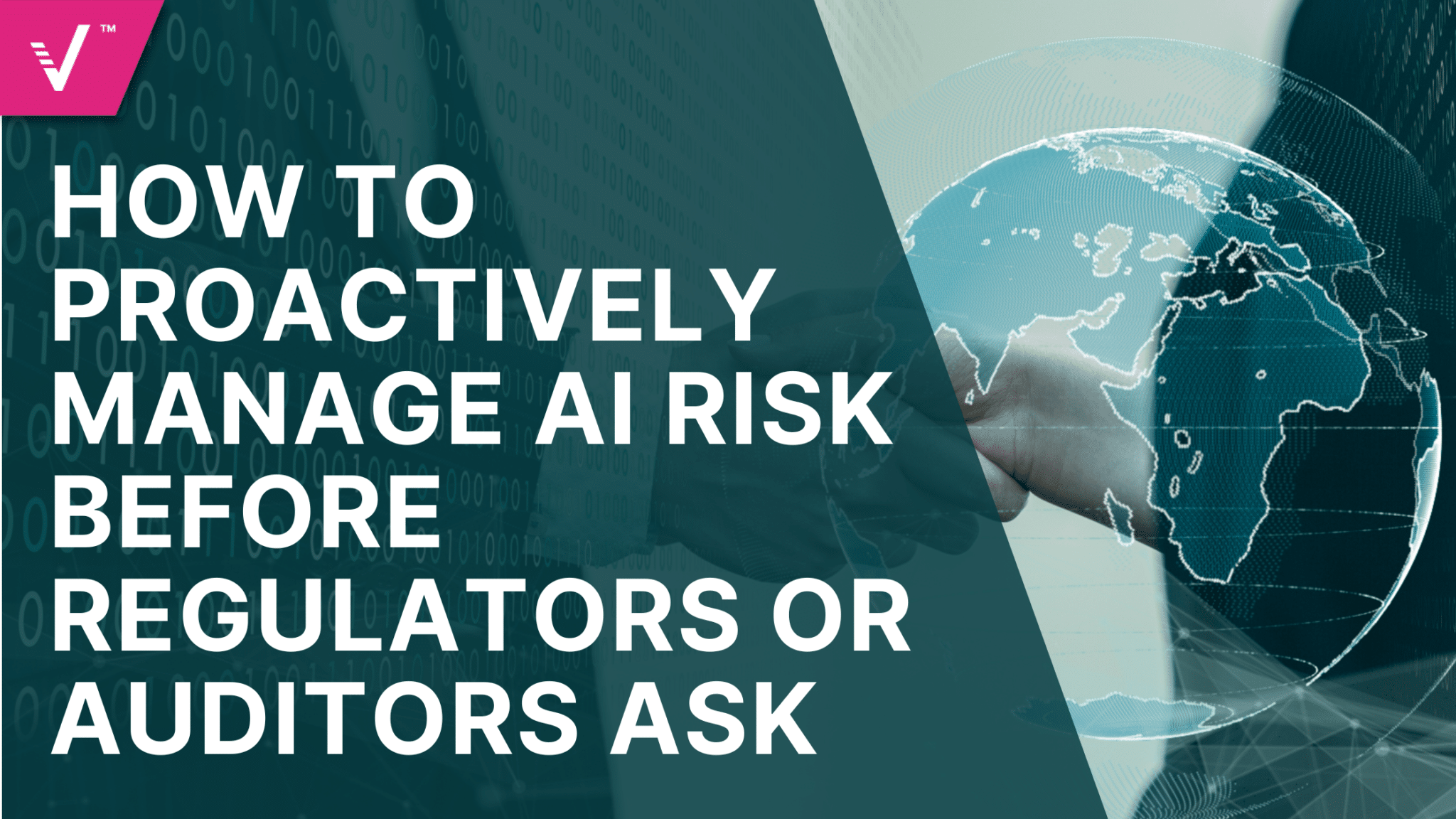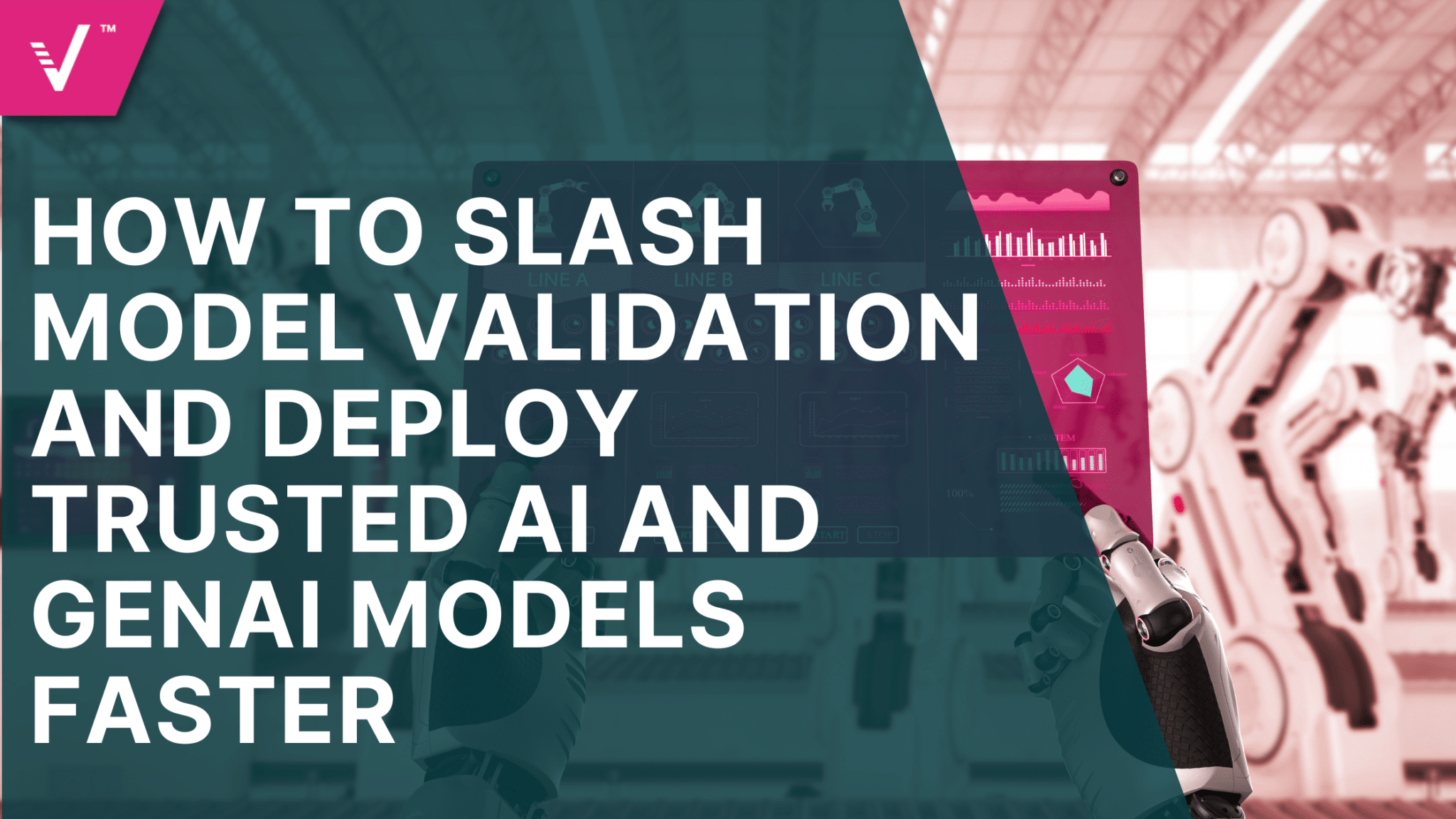ValidThoughts Webinar Replay | The Future of Model Risk: Faster Cycles, Smarter Tools, Lower Risk

In the latest episode of ValidMind’s Valid Thoughts webinar series, ValidMind CEO Jonas Jacobi sat down with Jan Larsen—former President and Head of CRISIL Integral IQ and the newest member of the ValidMind Advisory Board. The webinar provides a forward-looking view on the challenges and opportunities shaping model risk management (MRM) and AI Governance in financial services.
The conversation touched on a broad spectrum of critical topics, from the structural inefficiencies in traditional model validation workflows to the cultural and technological changes needed for banks to fully leverage generative AI (GenAI). Below is a summary of the most compelling insights from this engaging discussion.
1. Traditional MRM Faces Structural Bottlenecks
Jan Larsen opened by highlighting how traditional MRM functions are plagued by two major limitations: a scarcity of high-skilled talent and the fact that MRM is typically viewed as a cost center. This creates persistent bottlenecks, especially in validation workflows, where highly technical PhD-level skill sets are required but hard to retain.
One result of this pressure is that many banks focus on model inventory rationalization—cutting down the number of models to reduce validation overhead. But in an increasingly complex risk environment, this simplification strategy can backfire.
“In a world where risk is becoming much more opaque, much more dynamic, there’s a real risk that if your focus is on making your model inventory less granular, you really lose a lot of insight into risk and opportunity.”
2. Legacy Models Are Not Built for a Rapidly Changing World
A sobering point raised during the conversation was the inertia around model updates, especially in areas like credit risk. Some models remain in production for over a decade—even though global financial conditions and risks have changed dramatically in recent years.
“Models trained to interpret risks as they existed pre-COVID are not well attuned to discerning risk in a post-COVID, post-global disruption scenario.”
This inertia poses a serious problem: out-of-date models may perform poorly under new risk regimes, exposing banks to unforeseen vulnerabilities.
3. GenAI Can Deliver Immediate MRM Efficiency Gains
Despite the complexity of AI systems, both Larsen and Jacobi emphasized the low-hanging fruit for improving MRM today. GenAI can already support functions like first-draft model documentation and validation reports. It can even help execute common statistical tests, enabling model validators to focus their efforts where human judgment is truly needed.
“We’ve all had the experience that it’s much faster to work with a first draft than to write from scratch.”
These capabilities are not theoretical—they are here now and can significantly ease the burden on overtaxed MRM teams.
4. Governance, Not AI, Is the Accountability Layer
One of the more nuanced takeaways from the conversation is that while GenAI can improve efficiency, it does not absolve humans from responsibility. Larsen stressed that the core accountability of MRM professionals remains unchanged, even when AI tools are in the loop.
“If your accountability was producing accurate validation reports, that’s still effectively your job—regardless of the fact that you’re using new tools.”
Banks must therefore revisit internal governance frameworks to accommodate new tooling while maintaining regulatory rigor.
5. Attitudes Toward AI Are Shifting Fast
Jacobi observed a noticeable change in how financial institutions are perceiving and adopting GenAI. A year ago, banks were split between skeptics and early adopters. Today, the consensus has shifted.
“Two years ago the question was, ‘Is there anything here or not?’ Now it’s, ‘There’s something here—we might have different views on what it is—but there’s something here.’”
This momentum signals a new era in risk modeling—one where banks must either embrace transformation or risk falling behind.
6. Cultural Change is as Important as Technical Change
Perhaps the most resonant theme of the conversation was the call for cultural transformation within banks. Traditional MRM structures are often slow-moving and risk-averse—partly due to asymmetric incentives where risk professionals are punished for failure but not rewarded for proactive success.
“The traditional MRM process has been too slow. For organizations to get the full value out of these new technologies, it has to go faster.”
This will require a rethinking of incentives, better alignment between risk and business teams, and a proactive push from leadership to modernize risk culture.



